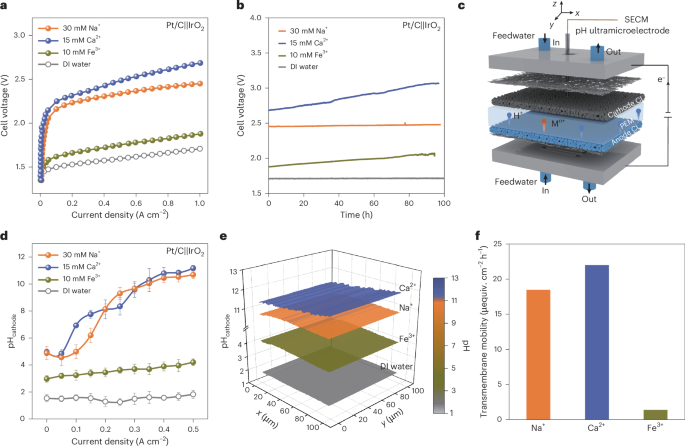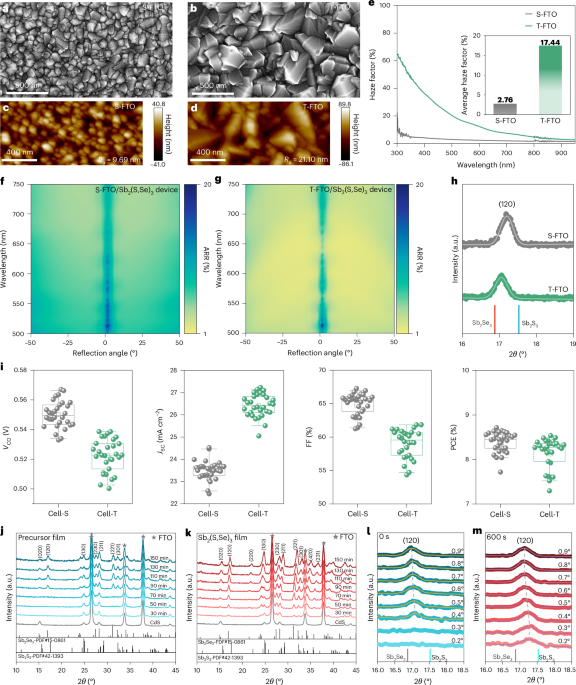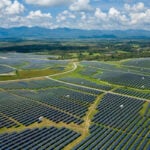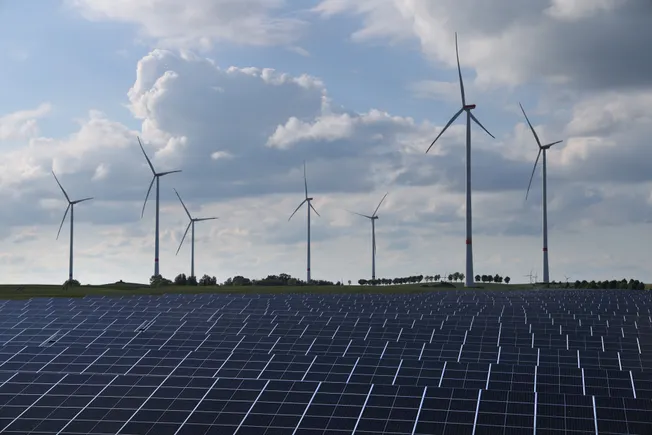Peroxide‐Driven Nitrogen Fixation Reactions for Energy Storage Applications
Advanced Energy Materials, EarlyView.

Sustainable ammonia synthesis from air as a hydrogen energy carrier and storage medium is demonstrated via an efficient dual-step electrochemical approach at ultralow overpotential (−0.1 V vs. RHE). Atmospheric nitrogen is first oxidized to nitrate using in situ generated peroxide, then directly converts to ammonia on the same electrode, achieving simultaneous nitrate generation and ammonia production at a single, optimized potential.
Abstract
Electrochemical nitrogen fixation offers a sustainable and environmentally friendly alternative to conventional ammonia synthesis, yet it currently faces significant challenges in terms of energy efficiency, catalytic activity, and economic feasibility. Here, this work presents a novel peroxide-mediated dual-step strategy designed to efficiently address these challenges using advanced energy materials. Ruthenium oxide and cobalt phthalocyanine catalysts facilitate simultaneous hydrogen peroxide formation and nitrogen oxidation to nitrate (NO3−$\rm{NO}_{3}^{-}$) at an exceptionally low potential of 0.1 V versus RHE, achieving a nitrate yield of 71.1 ± 4.2 µg h−¹ cm− 2 and a Faradaic efficiency (FE) of 2.1 ± 0.4%. Subsequently, the in situ generated NO3−$\rm{NO}_{3}^{-}$ is electrochemically reduced to ammonia (NH₃) at −0.35 V, delivering an impressive NH₃ yield of 147.2 ± 13.7 µg h−¹ cm− 2 with 13.8 ± 1.7% FE. This combined approach significantly outperforms traditional direct electrochemical nitrogen reduction methods, enhancing ammonia yield ≈30-fold. Furthermore, a detailed techno-economic analysis demonstrates substantial economic advantages, significantly reducing ammonia production costs compared to direct nitrogen reduction. Although this system remains somewhat more expensive than direct nitrate reduction, the latter faces inherent challenges such as limited substrate availability and preprocessing requirements. This work advances sustainable ammonia synthesis by introducing a highly effective catalytic strategy integrated with meaningful energy and economic considerations.


















































































































































